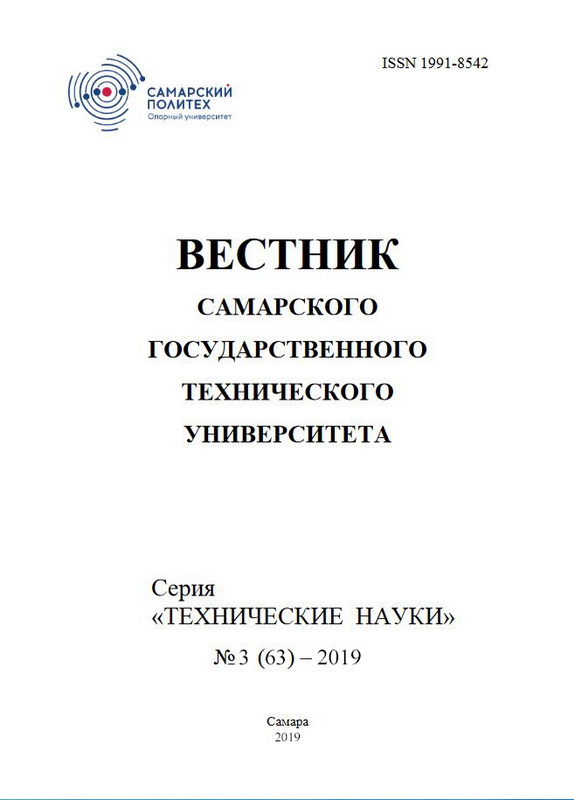Linear approximation of artificially colored surfaces reflection spectra by the principal component analysis
- Authors: Arapov S.Y.1, Arapova S.P.1, Dubinin I.S.1
-
Affiliations:
- Ural Federal University
- Issue: Vol 27, No 3 (2019)
- Pages: 68-80
- Section: Instrumentation, Metrology and Informative-measurings devices and systems
- URL: https://journals.eco-vector.com/1991-8542/article/view/21341
- DOI: https://doi.org/10.14498/tech.2019.3.%25u
- ID: 21341
Cite item
Full Text
Abstract
The surface reflection spectrum is the necessary information for calculating color coordinates in the colorimetric systems of the International Commission on Illumination (CIE), such as Lab or XYZ. These values determine the color sensations of the standard observer. Based on them, the accuracy of color reproduction is estimated, which is regulated by international standards for various industries. Simple and accurate methods of approximation of the spectra are required in the development of effective measuring and control systems for technological processes for obtaining artificially colored surfaces. The specified color of the surface can be obtained with a previously prepared ink mixture or by an autotypical printing method, i.e., by controlling the area of periodic micro-dots of four primary colors. At present, the methods of linear approximation of spectra for mixed ink systems are well studied. The principal component analysis (PCA) provides good accuracy of approximation using only 4–6 basis functions. Information about similar studies for autotyping systems was not found in the literature. Therefore, a comparative analysis of the approximation accuracy of spectral curves using the PCA for mixed and autotype systems is of great interest. The paper discusses the variants of the least-squares function approximation of the 24 spectra of the standard ColorChecker scale (X-Rite) and the 1944-field autotype test scale printed on a digital printing machine. Comparison is made by three criteria: to color, mean square and maximum deviations. For the most accurate approximation of the reflection spectra, an individual approach to each technological system is required. The spectra of mixed inks systems differ significantly from the spectra of autotype systems, and the last are structurally more simply and better modelled. In autotype systems, a representative set can consist of several dozen spectra. Apparently, it is impossible to create a universal set of basis vectors for approximating the reflection spectra of a wide range of industrial systems for obtaining a given color of surfaces.
Keywords
About the authors
S. Yu. Arapov
Ural Federal University
Author for correspondence.
Email: info@eco-vector.com
Russian Federation
S. P. Arapova
Ural Federal University
Email: info@eco-vector.com
Russian Federation
I. S. Dubinin
Ural Federal University
Email: info@eco-vector.com
Russian Federation
References
Supplementary files







